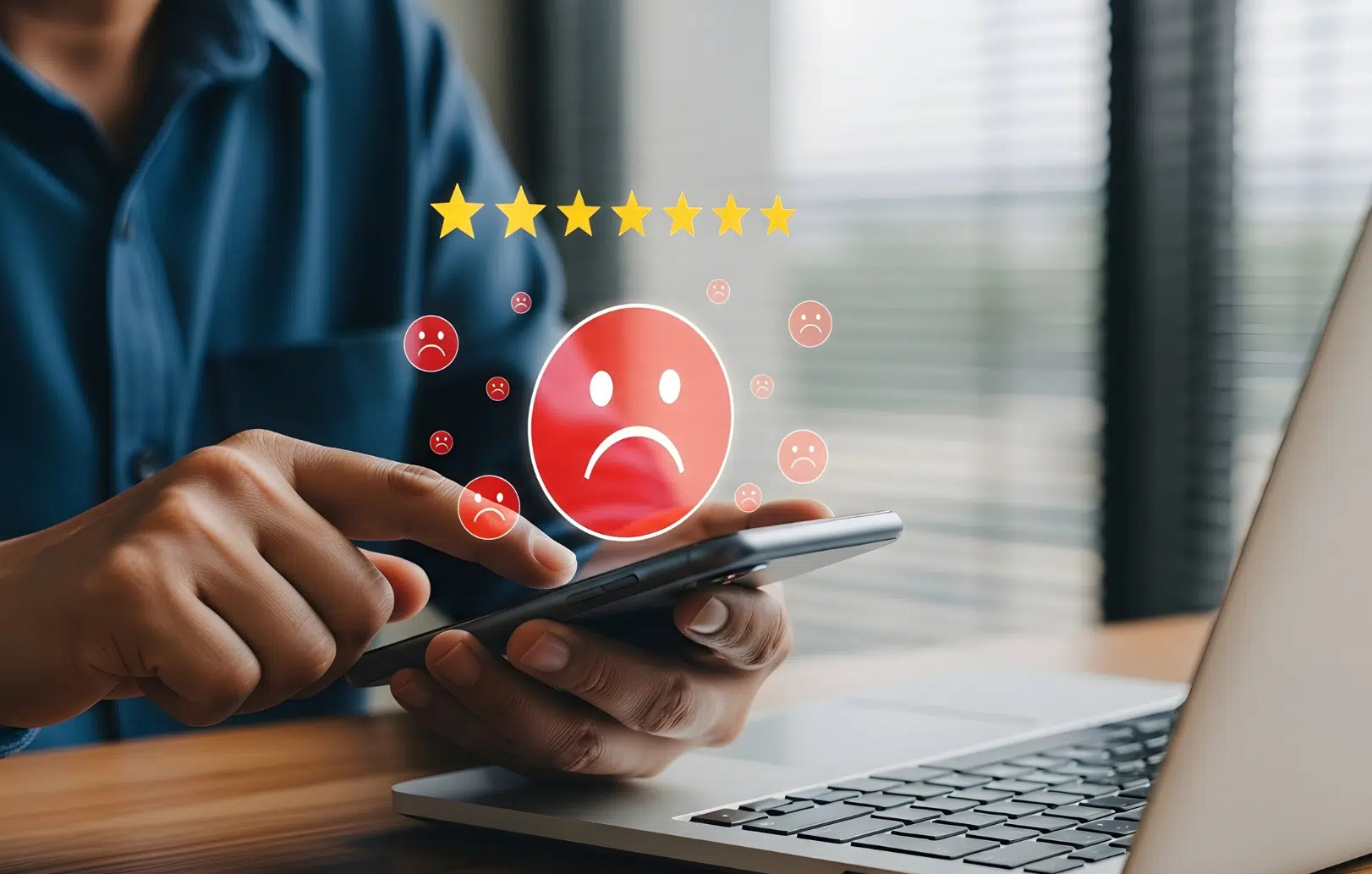Imagine searching online for a local restaurant. Two options appear: one with hundreds of glowing reviews and another with none. Which one do you choose? Most people wouldn’t think twice. They’d go with the business that’s already proven its credibility through customer feedback. That’s the undeniable power of reviews in today’s digital world.
Why Reviews Are the Cornerstone of Modern Credibility
In the age of digital-first impressions, reviews are the new word-of-mouth. Customers rarely make purchasing decisions without checking what others have to say. A strong review profile builds immediate trust, drives local SEO rankings, and influences buying behavior long before a customer walks through your door.
But reviews aren’t just about volume. They’re about consistency, authenticity, and responsiveness. Businesses that actively manage and respond to reviews, positive or negative, signal that they value their customers. That transparency translates into loyalty.
How Reviews Drive Local SEO and Visibility
Search engines like Google factor reviews into local ranking algorithms. High ratings, frequent feedback, and consistent customer engagement signal reliability and relevance. This means reviews don’t just affect perception—they directly influence whether your business shows up when people search for services like yours.
In short: better reviews equal better visibility. And better visibility means more opportunities to grow your customer base.
Gotcha! Reviews™️: The Peak of Modern Review Strategy
This is where Gotcha! Reviews™️ comes in. More than just a tool to collect feedback, it’s a complete solution for managing your reputation. Gotcha! Reviews™️ helps businesses:
- Generate More Reviews: Simplify the process for customers to leave feedback, dramatically increasing volume.
- Monitor Reputation in Real-Time: Centralize reviews from multiple platforms to track performance and spot issues quickly.
- Engage With Customers: Respond to reviews directly, turning satisfied clients into advocates and resolving concerns before they escalate.
- Boost Local SEO: Consistent, authentic reviews improve search rankings and help you stand out against competitors.
By automating and streamlining the review process, Gotcha! Reviews™️ empowers businesses to take control of their reputation and turn it into a growth engine.
Real-World Impact
Consider a local service company that implements Gotcha! Reviews™️. Within months, they double the number of online reviews, resolve customer concerns faster, and climb higher in local search rankings. The result? Increased trust, more leads, and measurable growth… all powered by reputation.
The Path to Sustainable Growth
In today’s digital landscape, reputation isn’t optional; it’s everything. Reviews influence whether customers find you, trust you, and ultimately choose you. With Gotcha! Reviews™️, businesses can move beyond passive reputation management and actively build credibility that fuels growth.
Remember: reviews are more than just stars on a screen. They’re the foundation of trust, loyalty, and long-term success.








